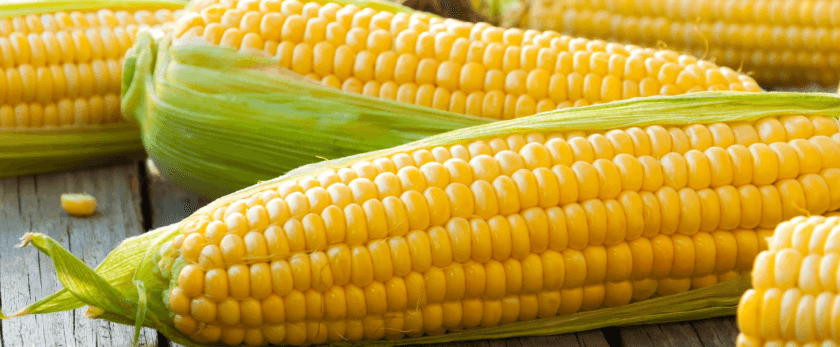Sweet corn is a delicious and versatile vegetable that can be enjoyed in a variety of dishes. Not only is it tasty, but it is also a great addition to any garden. Growing your own sweet corn is not only a fun and rewarding experience, but it also helps reduce your carbon footprint by reducing the need for transportation and packaging. In this article, we will discuss how to grow sweet corn in an eco-friendly and sustainable way.
Caring for Sweet Corn
Watering
Sweet corn requires consistent and adequate watering to thrive. It is important to keep the soil moist, but not waterlogged. The best way to water sweet corn is to use a drip irrigation system or a soaker hose. This ensures that the water is delivered directly to the roots, minimizing water waste. Avoid overhead watering as it can lead to fungal diseases and water evaporation.
Light
Sweet corn is a sun-loving plant and requires at least 6-8 hours of direct sunlight per day. Make sure to plant your sweet corn in an area that receives full sun. If you are growing sweet corn in a container, make sure to place it in a sunny spot and rotate it every few days to ensure even sun exposure.
Soil
Sweet corn grows best in well-drained, fertile soil with a pH level between 6.0-6.8. Before planting, amend your soil with compost or well-rotted manure to provide the necessary nutrients for your sweet corn to thrive. Avoid using chemical fertilizers as they can harm beneficial soil organisms and pollute the environment.
Fertilizer
Sweet corn is a heavy feeder and requires regular fertilization to produce healthy and abundant ears. Instead of using synthetic fertilizers, opt for organic options such as compost, fish emulsion, or seaweed extract. These natural fertilizers not only provide essential nutrients but also improve soil health and promote beneficial microorganisms.
Pruning
Pruning is not necessary for sweet corn, but it can help improve air circulation and reduce the risk of fungal diseases. Remove any damaged or diseased leaves and thin out crowded areas to allow for better air circulation. Avoid pruning too much as it can reduce the plant's ability to produce ears.

Best Time to Grow Sweet Corn
The best time to grow sweet corn depends on your location and climate. In general, sweet corn is a warm-season crop and should be planted after the last frost date in your area. It is important to check your local climate and planting zone to determine the best time to plant sweet corn.
Common Problems with Sweet Corn
Pests
Sweet corn is susceptible to a variety of pests, including corn earworms, cutworms, and aphids. To prevent pest infestations, practice crop rotation and avoid planting sweet corn in the same spot every year. You can also use natural pest control methods such as introducing beneficial insects, using row covers, and handpicking pests.
Diseases
Fungal diseases such as corn smut and rust can affect sweet corn. To prevent these diseases, avoid overhead watering, provide adequate air circulation, and remove any infected plants immediately. You can also use organic fungicides to control fungal diseases.
Nutrient Deficiencies
Sweet corn requires a balanced supply of nutrients to grow and produce healthy ears. Nutrient deficiencies can lead to stunted growth, yellowing leaves, and poor ear development. To prevent nutrient deficiencies, regularly test your soil and amend it with organic fertilizers as needed.
Conclusion
Growing sweet corn is a fun and rewarding experience that can also help reduce your carbon footprint. By following these eco-friendly and sustainable practices, you can grow delicious and healthy sweet corn while also caring for the environment. Remember to water consistently, provide adequate sunlight, amend your soil with organic matter, fertilize regularly, and prune when necessary. With proper care, you can enjoy a bountiful harvest of sweet corn while also contributing to a greener and more sustainable future.










